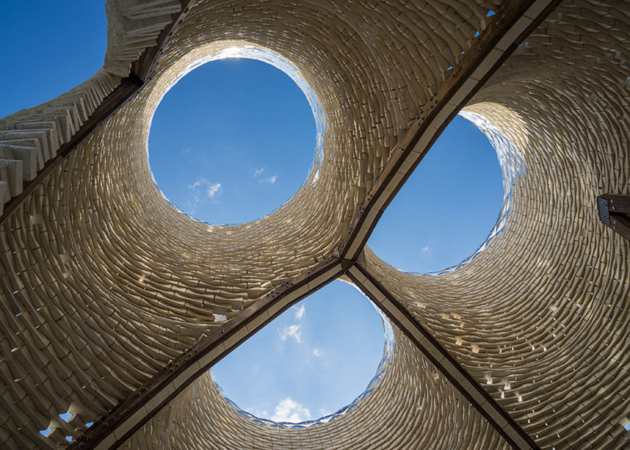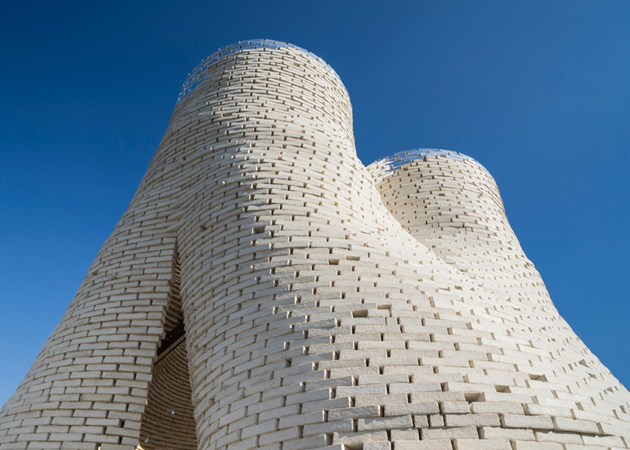
Summer seems to be the season for everything light, temporary and superficial, therefore even design and architecture disciplines need to follow suit, with temporary pavilions popping up everywhere from London to Venice. Following this line of development, albeit leaving the superficial side to other creative practices like fashion and, more often than not, art, MoMA PS1 has recently unveiled the winning project of its Young Architect Program: The Living’s Hy-Fi tower.
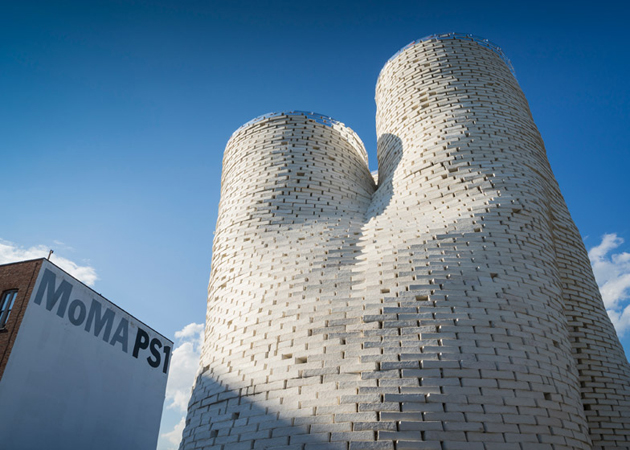
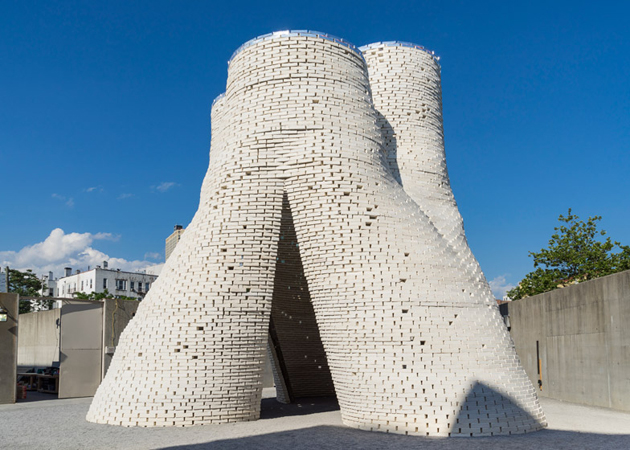
With the aim of promoting emerging architectural talent and giving space to new forms of practice, YAP commissions a temporary, outdoor installation that needs to provide shade, seating and water, while, at the same time, addressing environmental issues. The winning project – Hy-Fi – designed by The Living’s David Benjamin, uses biological technologies combined with cutting-edge computation and engineering to create new building structure made from 100% organic materials. The building is structured as a simple tower made of rectangular bricks, inverting the logic of load-bearing construction and creating a gravity defying effect, with a porous bottom and a more dense upper part.
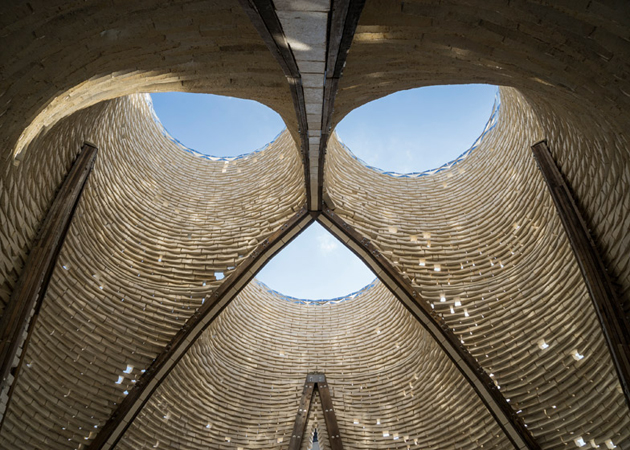
Yet, what is truly revolutionary about Hy-Fi is not its form or function, but the peculiar material from which it was built. The organic bricks are produced through an innovative combination of corn stalks (that otherwise have no value) and specially-developed living root structures. The reflective bricks are produced through the custom-forming of a new daylighting mirror film, used as growing trays for the organic bricks, and then incorporated into the final construction. The organic bricks are arranged at the bottom of the structure and the reflective bricks are arranged at the top to bounce light down on the towers and the ground. The structure temporarily diverts the natural carbon cycle to produce a building that grows out of nothing but earth and returns to nothing but earth—with almost no waste, no energy needs, and no carbon emissions. This approach offers a new vision for society’s approach to physical objects and the built environment.
